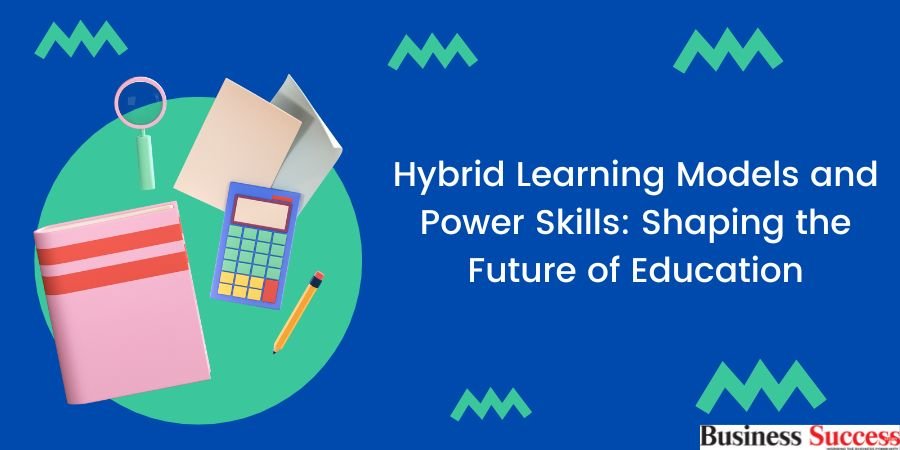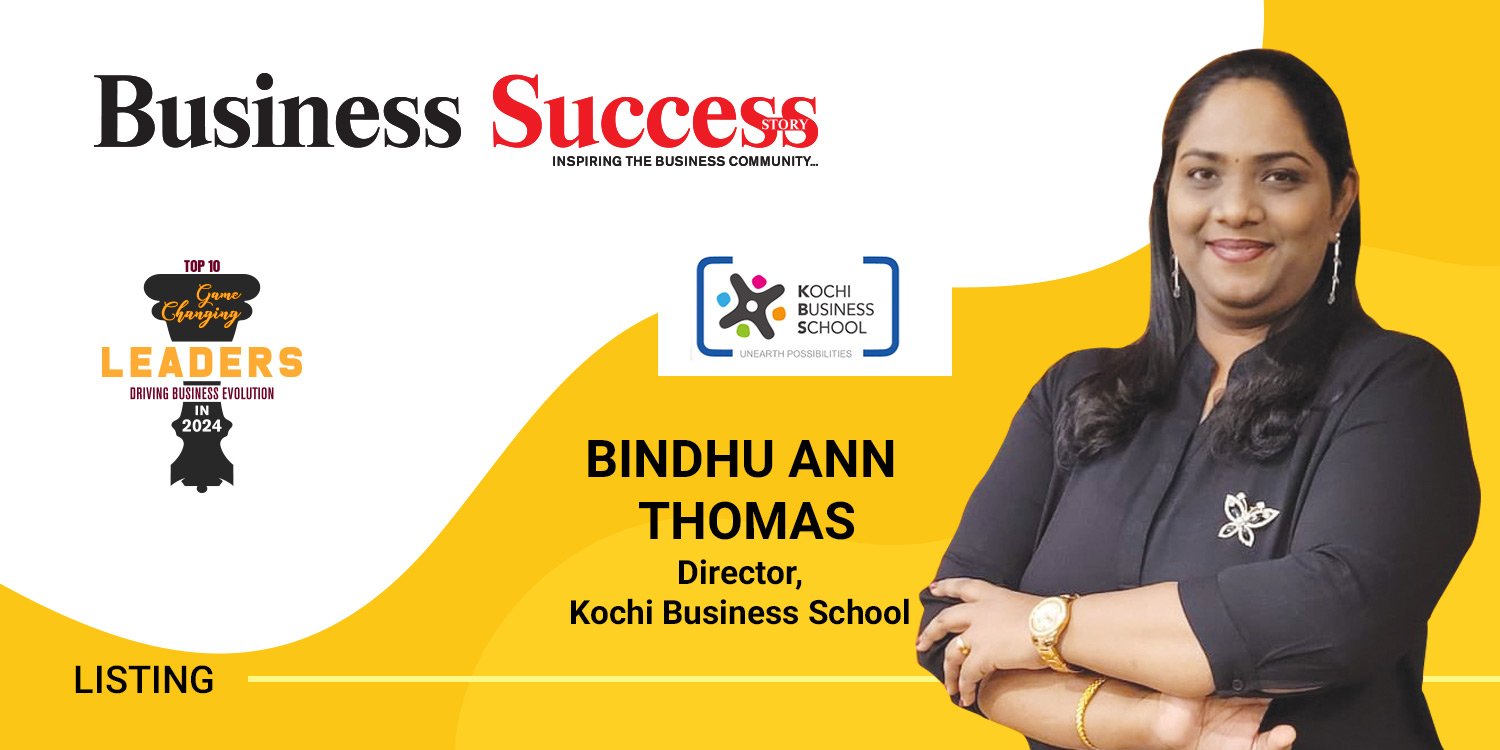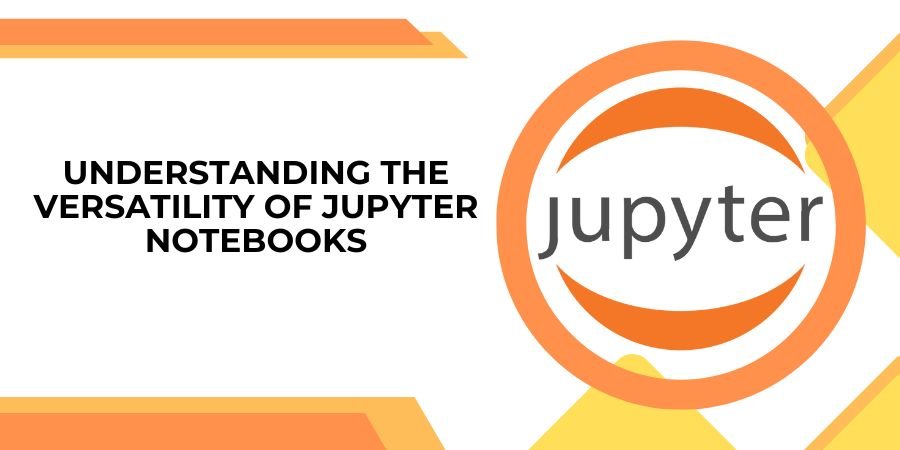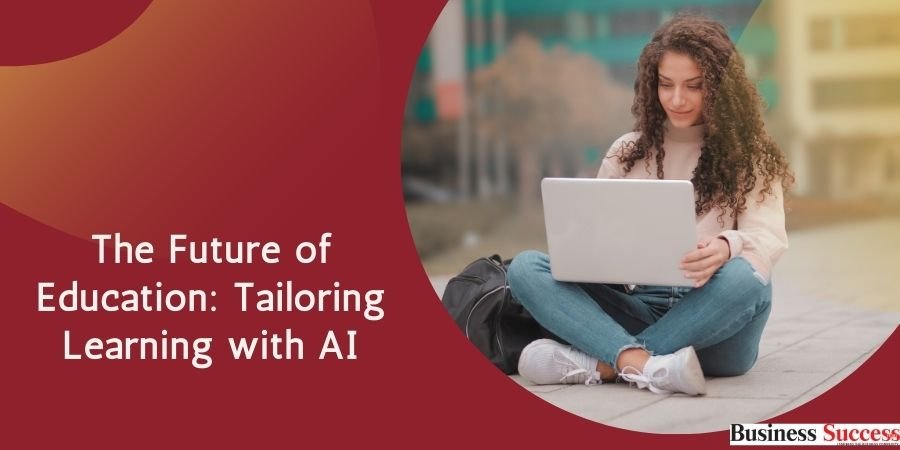In the evolving landscape of education, two trends have taken center stage, promising to redefine traditional learning paradigms: the advancement of hybrid learning models and the resurgence of “power skills” in the classroom. As educators and institutions adapt to the changing needs of students and the workforce, these trends are not just shaping the future; they are actively molding a new generation of learners equipped to tackle the challenges of tomorrow.
The Evolution of Hybrid Learning Models
The abrupt transition to online learning in 2020, spurred by global events, was a litmus test for the educational system’s adaptability and resilience. This forced experiment highlighted the potential and pitfalls of remote learning, setting the stage for the evolution of hybrid learning models. Unlike the emergency remote teaching of the past, today’s hybrid models are a thoughtful blend of in-person and virtual classrooms, designed to leverage the strengths of both modalities.
Hybrid learning is not just a response to a temporary crisis but a forward-looking approach that addresses diverse learner needs and preferences. It acknowledges that the “one size fits all” model is obsolete, offering instead a customizable learning journey that can be tailored to individual pace, style, and life circumstances. The flexibility of hybrid models accommodates not just the geographical diversity of students but also their varied life commitments, making education more inclusive and accessible.
The Critical Role of Power Skills
Parallel to the technological advancements reshaping the classroom, there’s a growing recognition of the importance of “power skills.” Long overshadowed by hard skills, these soft skills—encompassing problem-solving, collaboration, leadership, and more—are now acknowledged as critical for success in the modern workforce. Far from being “soft,” these power skills are the bedrock upon which professional success is built, determining an individual’s ability to navigate complex environments, lead teams, and drive innovation.
The discrepancy between the perceived importance of these skills among students and their actual readiness has prompted a shift in educational priorities. Schools and colleges are increasingly weaving power skills into their curricula, moving beyond theoretical knowledge to practical, hands-on learning experiences that prepare students for real-world challenges. From project-based learning to gamification, educators are employing innovative strategies to cultivate these essential skills, ensuring that students are not just academically competent but also career-ready.
Integrating Power Skills through Innovative Teaching
Project-based learning emerges as a powerful tool in this integration, engaging students in complex, real-world problems that require a blend of knowledge, creativity, and collaborative effort to solve. This approach not only reinforces academic concepts but also hones critical power skills, preparing students for the demands of the workforce.
Similarly, the use of digital games in education—gamification—capitalizes on the engagement and motivational aspects of gaming to make learning more interactive and enjoyable. Through challenges, achievements, and collaborative projects, students develop a suite of power skills that are increasingly valued in the professional world.
Looking Ahead
As the educational landscape continues to evolve, the significance of hybrid learning models and power skills will only grow. These trends represent a paradigm shift in how we perceive and deliver education, emphasizing the need for a holistic approach that prepares students for the complexities of the modern world. Educators, policymakers, and institutions must continue to adapt, innovate, and collaborate to fully realize the potential of these transformative trends.
In shaping the future of education, it’s clear that technology and curriculum development must go hand in hand, ensuring that students are not just well-informed but also well-prepared to meet the challenges and opportunities of the 21st century. As we navigate this transition, the goal remains steadfast: to cultivate adaptable, resilient, and skilled individuals capable of thriving in an ever-changing global landscape.














